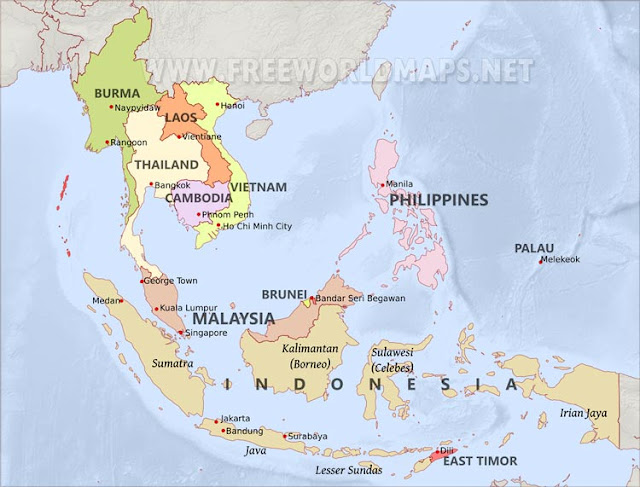Battle for the Balls - Komodo
The prime season for diving in this area is June - August, so we were right on the cusp of it. At times, the sheer number of phinisis (dive liveaboard boats) and daytrip tourist boats surrounding us was claustrophobic and everyone was vying for a spot on the few mooring balls that had been installed by the national parks service. Many of the bays are too deep to anchor and besides, dropping a big steel anchor down onto any of these colorful coral reef areas just feels wrong.
Cruising guides say that anchoring in 30+ meters is fine, but if the anchor chain gets wrapped around coral at that depth, it can create quite a problem when we try to raise it. Our rule on board is that we will only anchor in areas that we feel comfortable diving to retrieve it if necessary, so 30 meters is our maximum. We’re also careful to avoid any plausible dive sites or marked no-anchoring zones. In the waters of Komodo, these self-imposed rules left few places that provided viable anchoring, limiting the places we could stop, but we feel very strongly in preserving the marine environment, even if it means forfeiting a stop or two. There is not a lot of literature or information for private yachts cruising in Komodo, and my hope is that the tourism board will recognize the need to provide visitors clear guidelines and expectations of the area to ensure enjoyment for everyone.
 |
| Phisinis crammed on one mooring |
However, instead of asking to tie up alongside us, they proceeded to drop their anchor right on top of the mooring that we were tied to!! Now, let’s think about this. If the wind shifts, even slightly, they are going to be right on top of us! Without a thought, they began disembarking tourists from the boat into their skiff and ferried them ashore. Meanwhile, Mark was at the helm and had directed Elizabeth and I to prepare to release the mooring lines. There was no way we were going to be fending off these boats while the tourists were up on the hill taking photos of the sunset! So, off we went and immediately a crew on the tourist boat jumps off the bow of their boat with a line and ties to the now-vacant mooring ball. Hmm. We had discovered our place in the pecking order.
 |
| Gili Lawa Laut |
This was a new concept for us, and we didn’t know quite how it would work out, but while I was still motoring up to meet him, Mark was kindly invited aboard and even offered some breakfast!! The dive guide told him about the dives nearby and chatted for a while until I pulled up with the boat. The whole crew came out and gawked at “the wife” that was driving! Once we were tied up to them, all of the guys stood on the back deck and saluted me enthusiastically. I might have been the first female driving a yacht that they had ever seen! In the end, the hour turned into four hours, but the guys were nice enough and the stern tie worked just fine until they left and we could tie ourselves to the ball for the night.
 |
| Fisherman visiting our boat while on mooring |
Like the innocent female dragons that incite ferocious battles among hormonal males, a few oblivious mooring balls bob in the bays throughout Komodo causing quite the territorial disputes. We did learn a few things from our battle scars, though. First, know the schedules. Dive boats usually head out in the morning and start coming in around four. Second, know your options.
Next time, we’ll offer to have boats tie to our stern with a very long line instead of sharing mooring balls. Also, the mooring balls in areas with internet connectivity are highly sought after. Liveaboard guests are quite demanding about internet, so if you can deal with being disconnected you’ll have better luck finding a free ball. Finally, have a plan A, B, and C for anchorages and leave yourself plenty of time to get to each. Currents and crowds in this area can make finding a safe spot for the night tricky.
he diving is fantastic, but the battle for a ball can be a bit of a nightmare.








Comments
Post a Comment